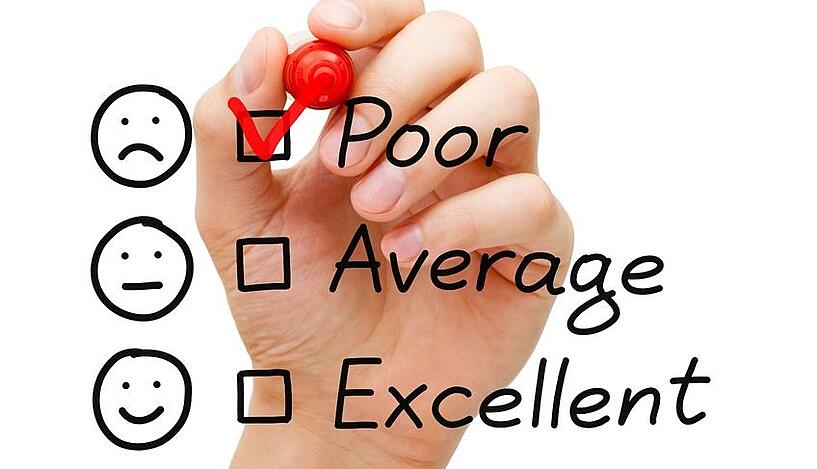Mar 06 2017 The Veterans Administration Has Given Us Another Lesson In Bad Customer Service

Once again the Veterans Administration has come under fire for its mistreatment of veterans that have sacrificed so much for our country and our citizens. In the latest VA debacle, an army veteran set up a camera and a speakerphone and recorded his futile attempts to make a doctor’s appointment at his VA clinic in Bedford, Massachusetts.
His video illustrates how poorly designed automated systems can result in caller frustration and aggravation.
In this case, the VA’s technology glitch turned into fodder for Sen. Seth Moulton, who has made it his personal mission to fix the incessant technology problems plaguing the government agency. Moulton’s investigation of the incident uncovered the fact that the VA was planning to address the issue experienced by the exasperated veteran by investing $623 Million in developing a new application for scheduling appointments.
Yes, you read that right. $623 Million.
Now, I know we all joke around the water cooler about how the federal government pays $7,600 for a coffee maker and $640 for a toilet seat, but $623 Million for an appointment scheduling application?
Even Tyco’s ex-CEO, Dennis Kozlowski, might take pause on that kind of luxury spending.
The Availability of Scheduling Applications
Those of us in the call center business know that appointment scheduling applications are standard, off-the-shelf packages offered by virtually every interactive voice response (IVR) and speech software vendor in the business. These applications are so readily available, because scheduling appointments is a core function of virtually any service-related company.
And, increasingly service-related companies, in the spirit of providing good customer service, are turning to automation to let customers schedule appointments quickly, effortlessly and, more importantly, on their schedule. For the health care industry, the concept is simple: Allow a caller to select from available appointments for their selected physician based upon their preferred day and time period.
“Custom” Doesn’t Mean “Better”
So, why consider building a custom application?
Most buyers don’t realize the technology today designed to interact with customers is all software-based. And, software can be easily customized. So, the desire by Fortune 500 customers (and apparently government agencies, it would seem) to build a custom solution can easily be accomplished by buying an off-the-shelf package and customizing it to reflect the personality and brand of your organization. And at the fraction of the cost of building a custom application from scratch.
But, why buy a solution at all when the cloud offers a silver lining? Cloud solutions, or “Software as a Service” (SaaS), offer the ability to setup custom appointment scheduling applications for a monthly fee.
As a general rule, most SaaS applications are generally affordable and fit the budgets of organizations, large and small. Typically, the service requires a setup fee to customize the application to your specific needs and the service is available either as a monthly fee or as a per transaction fee. And, the service is often coupled with additional features such as appointment reminders and rescheduling capabilities seamlessly from any device (e.g. smartphone, web, IVR) as is found in MicroAutomation’s OmniEngage cloud offering cloud offering.
Our Government Is out of Touch with Technology
So, as I reflect on the latest scandal plaguing the Veteran’s Administration, all I can do is shake my head and wonder how a government agency, set up by the people and for the people, can be so out of touch with technology that is available today.
The reality is that VA fell into the common trap of large organizations that insist on developing their own “custom” applications to address the needs of their “unique” customer base. By developing a custom application for scheduling appointments, the VA left themselves vulnerable to common programming errors that result in poor customer service: in this case, IVR “jail.”
Unfortunately for the VA, poor customer service for our country’s veterans eventually leads to congressional scrutiny in this contentious election year. So, the lesson for the Veterans Administration and any other organization wishing to provide excellent and effortless customer service is to leverage the tried and proven technologies available today.
Not only will you save money, you’ll probably stay out of the news and avoid congressional oversight.
